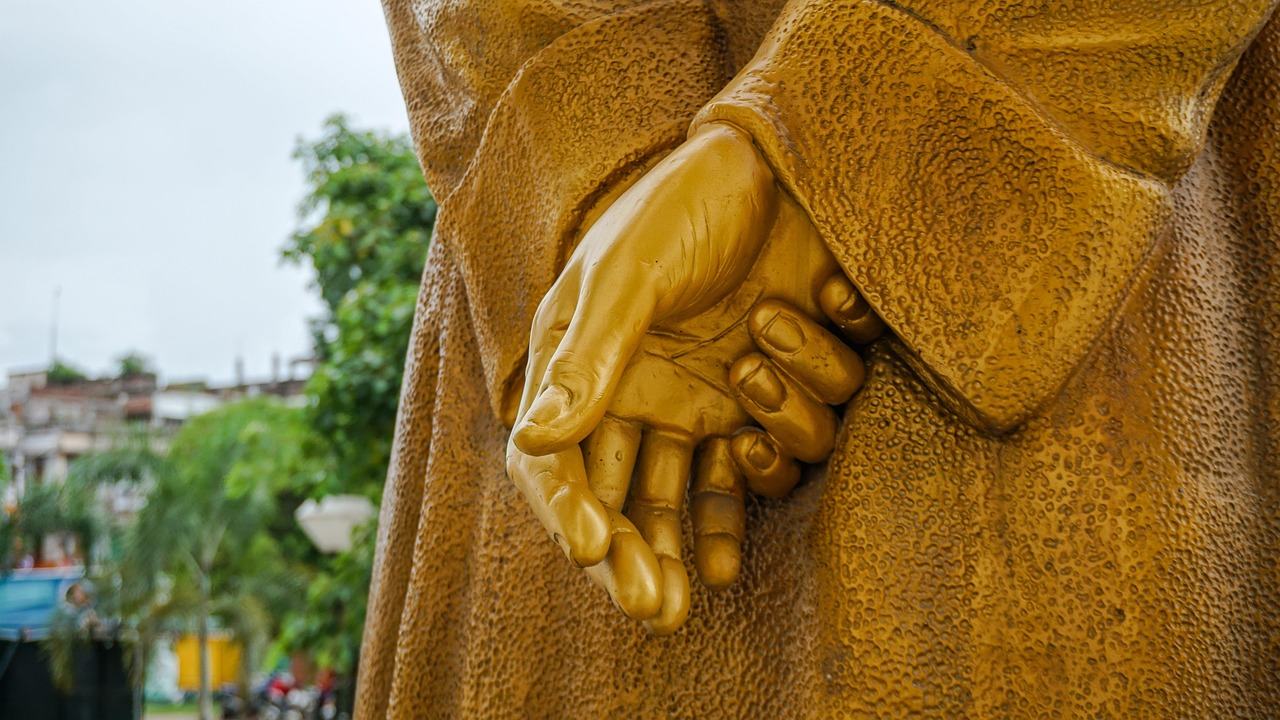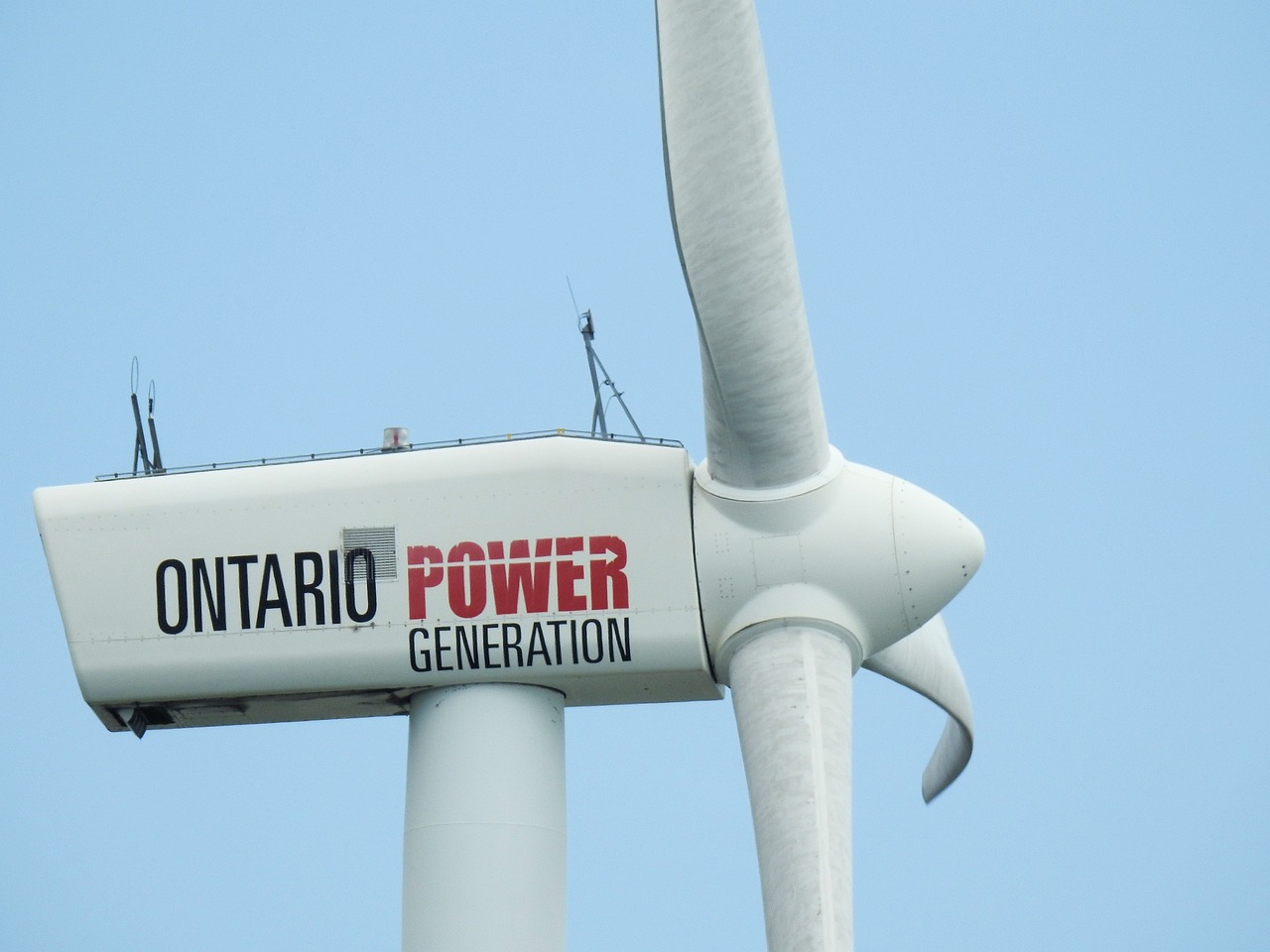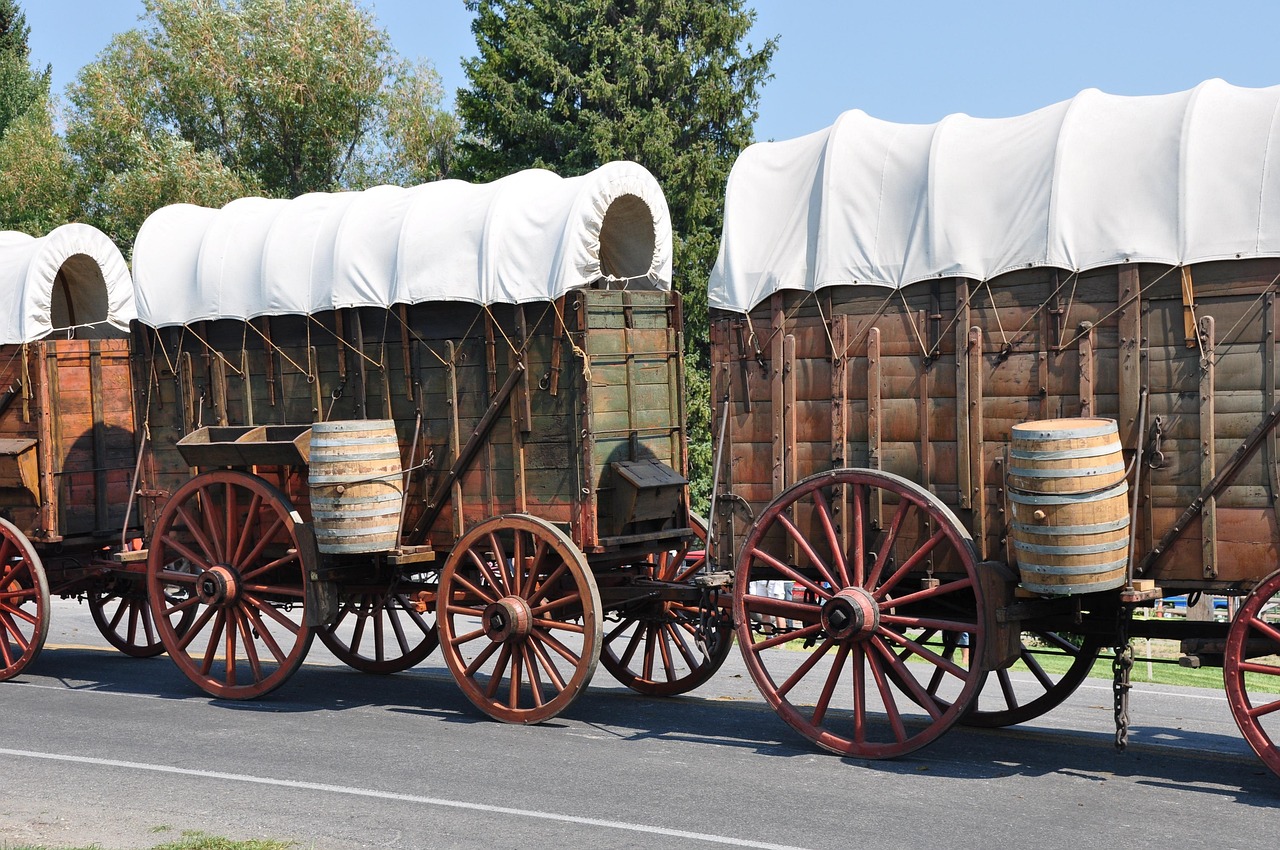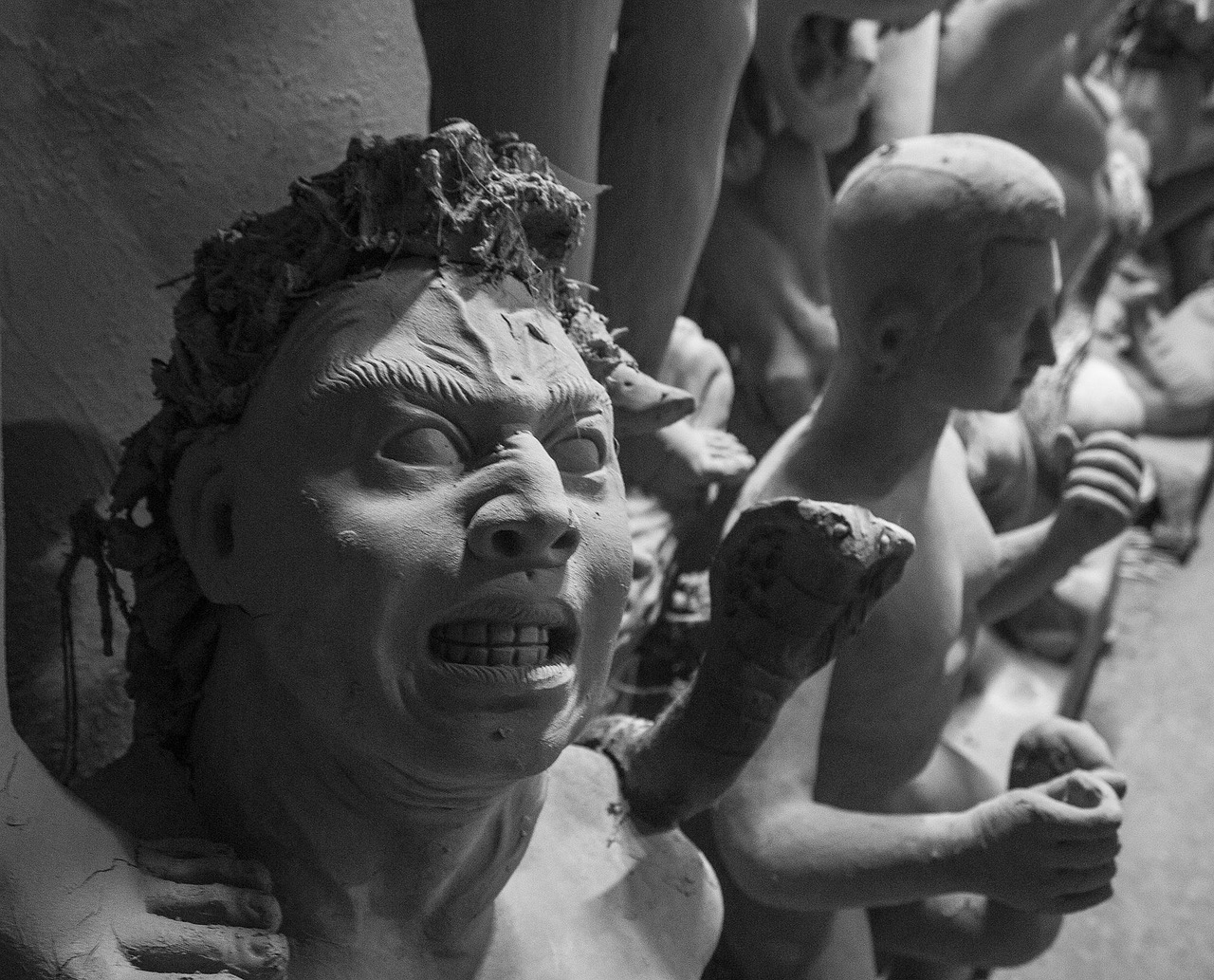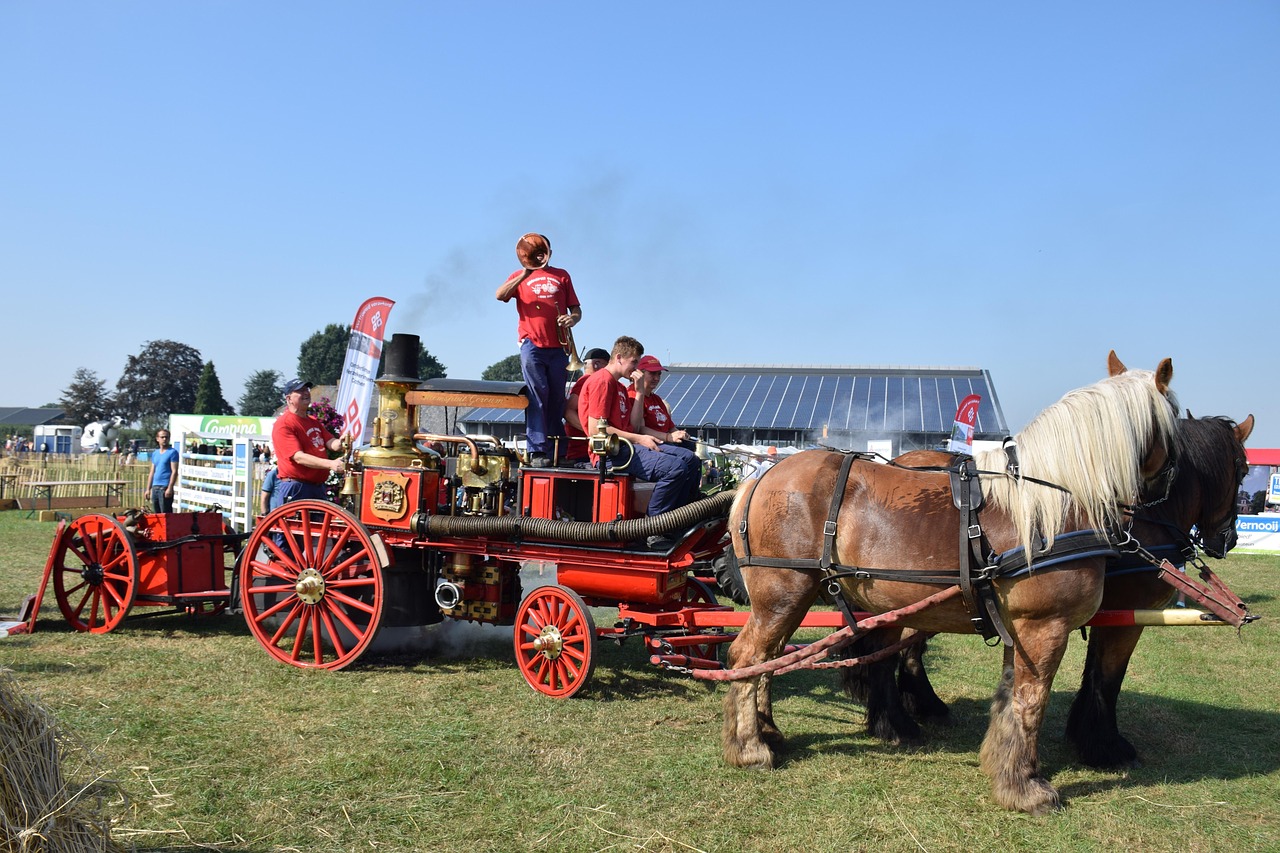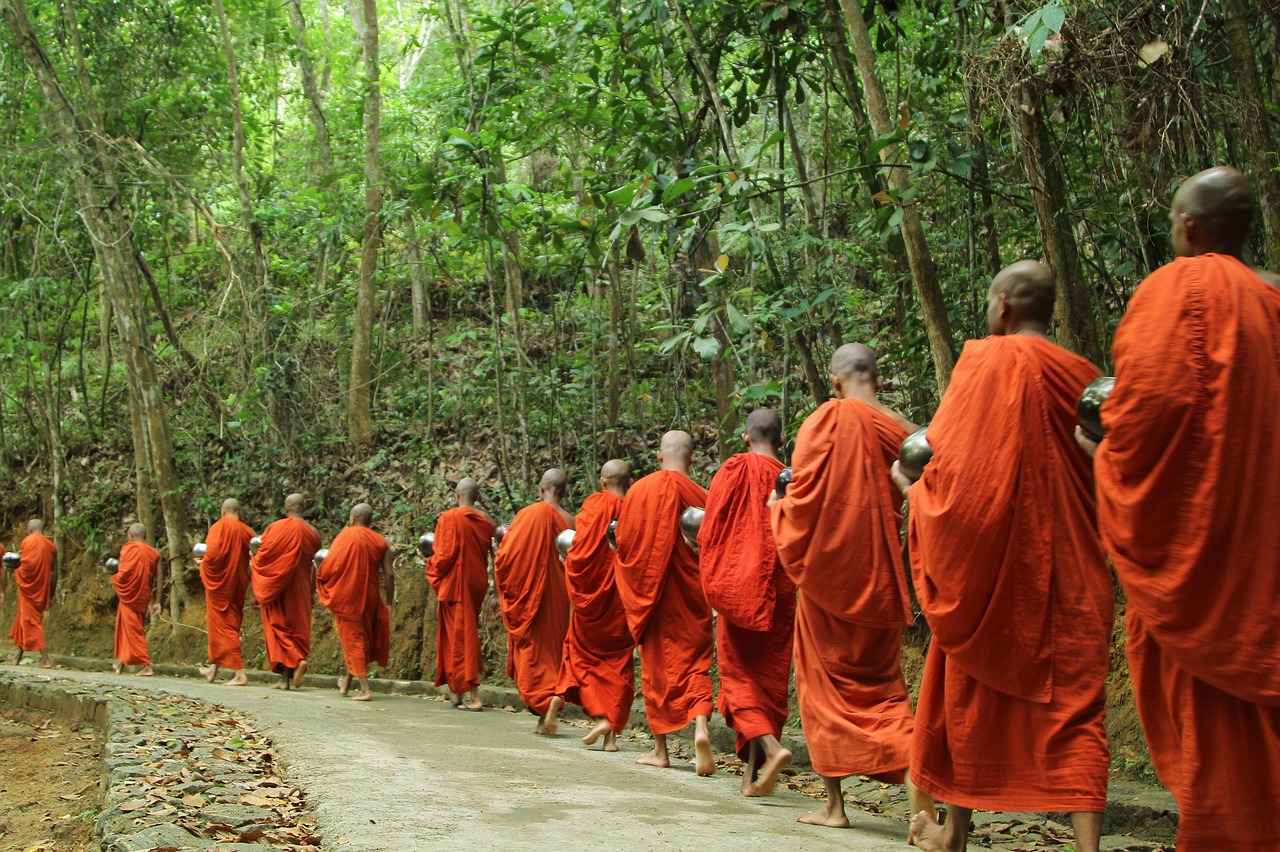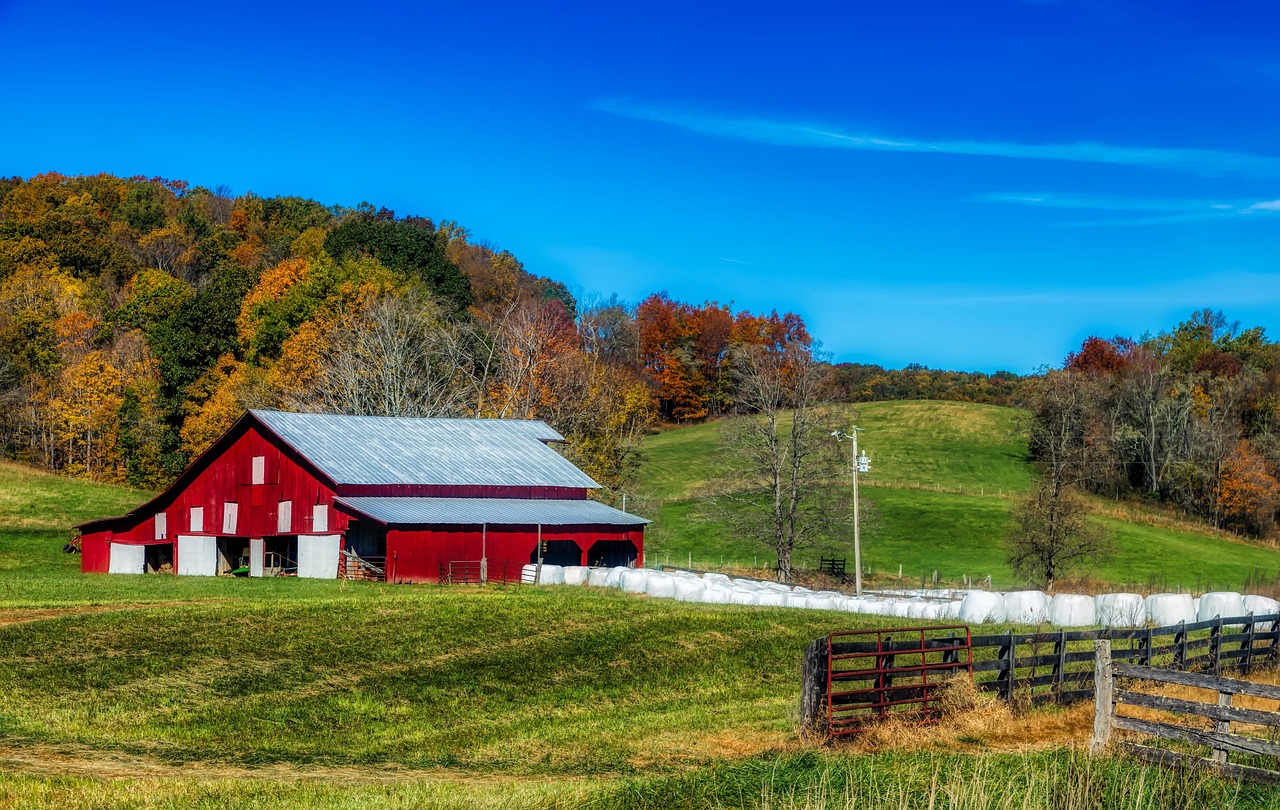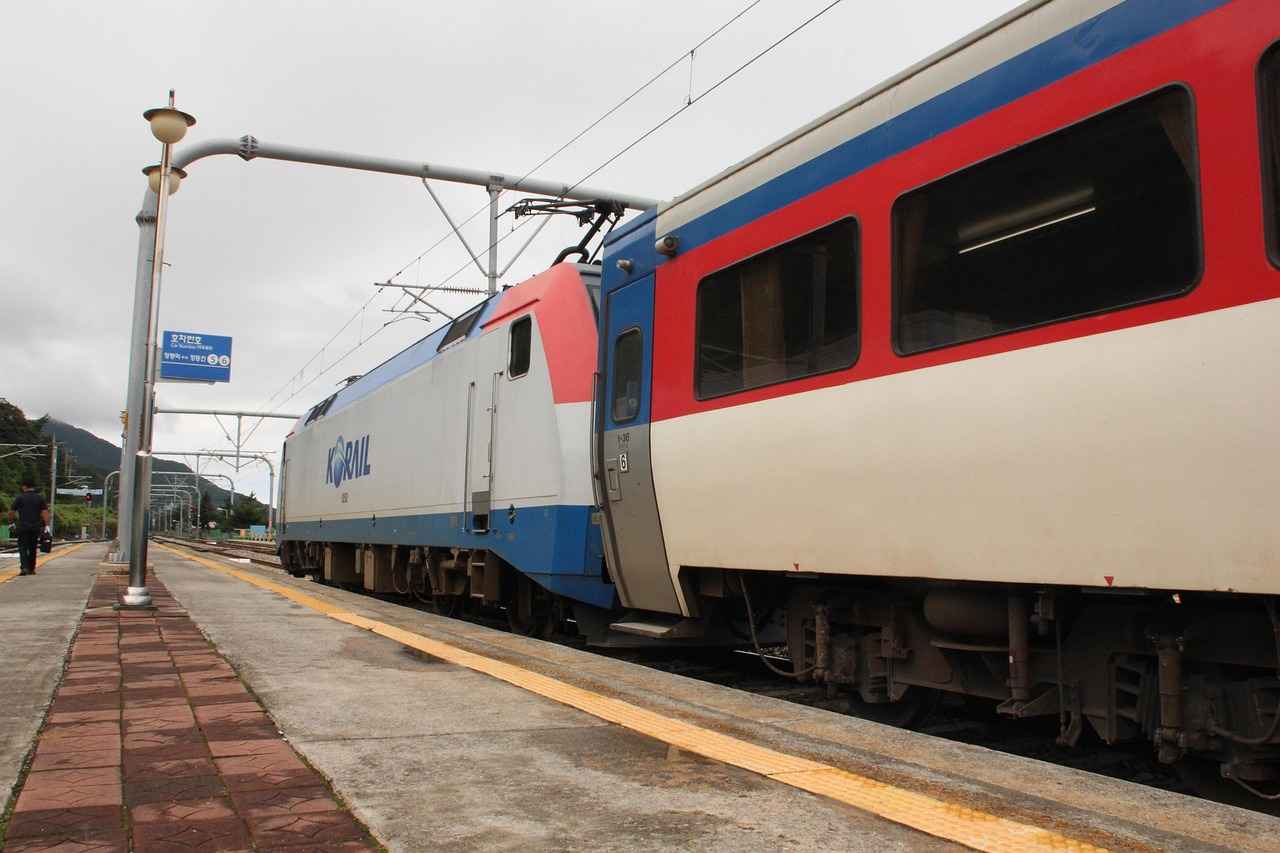This article provides a thorough examination of the 2019 West Bengal Election results, highlighting significant trends, voter behavior, and the implications for the state’s political future.
Overview of the 2019 West Bengal Elections
The 2019 elections were pivotal for West Bengal, reflecting the evolving political landscape. With a multi-phase voting structure, the elections involved key players including the Trinamool Congress (TMC), the Bharatiya Janata Party (BJP), and the Left Front. The results not only showcased party strengths but also indicated shifting voter sentiments.
Key Political Parties in West Bengal
- Trinamool Congress: Under the leadership of Mamata Banerjee, TMC faced the challenge of maintaining its stronghold amidst rising opposition.
- BJP: The BJP’s strategic outreach and campaign tactics marked its ascent as a significant contender.
- Left Front: Historically influential, the Left struggled to resonate with the current electorate.
Voter Demographics and Behavior
Understanding voter demographics is crucial for analyzing election outcomes. Factors such as age, gender, and socio-economic status played a significant role in shaping voter preferences. For instance, urban voters leaned more towards the BJP, while rural areas showed a strong inclination towards TMC.
Key Issues Influencing the Election
Several pressing issues shaped voter sentiment, including unemployment, education, and communal tensions. These topics were pivotal in influencing the electorate’s decision-making process.
Post-Election Analysis and Implications
The aftermath of the elections has significant implications for West Bengal’s political dynamics. The results suggest a potential shift in power, indicating that future electoral strategies will need to adapt to the changing voter landscape.
Conclusion: The Future of West Bengal Politics
The 2019 West Bengal elections have laid the groundwork for future political developments. As parties reassess their strategies, the evolving political arena promises to be dynamic and complex.

Overview of the 2019 West Bengal Elections
West Bengal Election Results 2019: A Comprehensive AnalysisThis article provides an in-depth analysis of the 2019 West Bengal Election results, exploring key trends, voter behavior, and the implications for future political dynamics in the state.
The 2019 elections in West Bengal represented a pivotal moment in the state’s political history. They were not just a routine electoral exercise but a reflection of the changing political landscape. The elections were held in a multi-phase manner, with a total of 42 parliamentary seats at stake, making it a significant battleground for various political parties.
The major players in this election included the Trinamool Congress (TMC), the Bharatiya Janata Party (BJP), and the Left Front. Each party brought its unique strategies and narratives to the forefront, influencing voter perceptions and choices. The TMC, led by Mamata Banerjee, aimed to consolidate its power amidst rising challenges, while the BJP sought to expand its influence in a state traditionally dominated by regional parties.
Voter turnout was notably high, reflecting a heightened political engagement among the populace. Many voters were motivated by key issues such as employment, education, and communal harmony, which played a crucial role in shaping their electoral choices. The significance of the results lay not only in the number of seats won but also in the shifting allegiances and emerging voter demographics that could redefine West Bengal’s political future.
As we delve deeper into the election results, it becomes clear that understanding the nuances of voter behavior and party strategies will be essential for predicting future political trends in West Bengal.
Conclusion: The Future of West Bengal Politics
The 2019 West Bengal elections have set the stage for future political developments, with implications that extend beyond immediate electoral outcomes. The evolving dynamics among the major parties and their strategies will likely shape the political landscape in the years to come.

Key Political Parties in West Bengal
Understanding the key political parties in West Bengal is crucial for comprehending the state’s electoral dynamics. The political landscape in West Bengal is primarily shaped by three main parties: the Trinamool Congress (TMC), the Bharatiya Janata Party (BJP), and the Left Front. Each party plays a significant role in influencing voter preferences and strategies during elections.
The Trinamool Congress, led by Mamata Banerjee, has been a dominant force in West Bengal politics since its inception. The TMC’s approach focuses on grassroots mobilization, addressing local issues, and maintaining a strong connection with the electorate. However, the party has faced challenges, including rising opposition and criticisms regarding governance. The ability of the TMC to adapt to these challenges will be pivotal in future elections.
On the other hand, the BJP has emerged as a formidable contender in recent years, capitalizing on its national popularity and the appeal of Hindutva politics. The party’s strategies include extensive outreach programs and leveraging social media to engage younger voters. The BJP’s rise in West Bengal signifies a shift in voter sentiment, as it seeks to establish a strong foothold in a state traditionally dominated by the TMC.
The Left Front, once a dominant political entity in West Bengal, has seen a decline in its influence. However, the party continues to play a critical role in shaping the political discourse, particularly among its traditional voter base. The Left Front’s focus on social justice and labor rights resonates with specific demographics, although its overall impact has diminished in recent elections.
In conclusion, the interplay between these three parties—Trinamool Congress, BJP, and Left Front—is essential for understanding voter behavior and election outcomes in West Bengal. Each party’s strategies, challenges, and voter engagement efforts will shape the future political landscape of the state.
Trinamool Congress: Dominance and Challenges
The Trinamool Congress, under the leadership of Mamata Banerjee, has been a significant player in West Bengal’s political landscape. However, the party has faced numerous challenges that threaten its dominance. This article delves into the strategies employed by the Trinamool Congress, its appeal among voters, and how local governance issues have impacted its electoral performance.
One of the primary strategies of the Trinamool Congress has been its focus on grassroots mobilization. The party has effectively connected with voters through various outreach programs that address local issues. These initiatives include:
- Community Engagement: Organizing events and meetings to directly engage with constituents.
- Local Development Projects: Implementing schemes aimed at improving infrastructure and public services.
- Social Welfare Programs: Launching initiatives that provide financial assistance to the underprivileged.
Despite these efforts, the party’s voter appeal has been tested by rising competition, particularly from the Bharatiya Janata Party (BJP). The BJP’s increasing presence in the state has shifted voter dynamics, forcing the Trinamool Congress to rethink its strategies. The party has also had to contend with criticisms regarding governance issues, including:
- Corruption Allegations: Ongoing allegations have raised concerns about transparency and accountability.
- Infrastructure Challenges: Inadequate infrastructure has led to public dissatisfaction.
- Rising Unemployment: Economic challenges have fueled voter discontent.
The impact of Mamata Banerjee’s leadership cannot be overlooked. Her charismatic approach has garnered significant support, but controversies surrounding her administration have also led to polarized opinions among the electorate. The party’s ability to navigate these challenges while maintaining a strong connection with the grassroots will be crucial for its future.
In conclusion, the Trinamool Congress is at a critical juncture. While it has successfully implemented several strategies to retain its voter base, the challenges posed by opposition parties and governance issues require ongoing adaptation and responsiveness. The party’s future success will depend on its ability to address these concerns while continuing to engage effectively with its constituents.
Impact of Mamata Banerjee’s Leadership
Mamata Banerjee, the Chief Minister of West Bengal and leader of the Trinamool Congress (TMC), has played a pivotal role in shaping the political landscape of the state. Her leadership style is often characterized by a blend of charisma, grassroots engagement, and a strong emotional connect with the electorate. This unique approach has significantly influenced the party’s fortunes, particularly during the tumultuous 2019 elections.
One of the defining features of Banerjee’s leadership is her ability to resonate with the common people. She has effectively used her personal story as a political tool, portraying herself as a champion of the underprivileged. This narrative has garnered her immense popularity among various demographics, particularly women and rural voters. Her initiatives, such as Kanyashree Prakalpa aimed at empowering young girls through education and financial assistance, have further solidified her image as a leader committed to social welfare.
However, Banerjee’s tenure has not been without controversy. Her governance style has faced criticism for being autocratic at times, leading to allegations of suppressing dissent and curbing media freedom. These controversies have shaped public perception, creating a polarized view of her leadership. While her supporters laud her for her decisive actions and development initiatives, critics argue that her approach has stifled democratic discourse.
Moreover, the political landscape during the elections was further complicated by the rise of the Bharatiya Janata Party (BJP) as a formidable opponent. The BJP capitalized on the controversies surrounding Banerjee’s administration, portraying her as disconnected from the aspirations of the electorate. This led to a fierce contest for votes, with Banerjee’s leadership style being a focal point of debate.
In summary, Mamata Banerjee’s leadership has had a profound impact on the TMC’s electoral fortunes. Her ability to connect with the masses and implement welfare schemes has been pivotal in maintaining her popularity. However, the controversies and challenges she faces highlight the complexities of governance in a politically charged environment. Understanding these dynamics is essential for analyzing the broader implications for West Bengal’s political future.
Grassroots Campaign Strategies
The employed by the Trinamool Congress (TMC) played a crucial role in shaping the political landscape during the 2019 West Bengal elections. This section delves into the innovative methods utilized by the party to effectively mobilize voters and address pressing local issues.
At the heart of TMC’s campaign was a strong emphasis on community engagement. The party organized numerous local rallies and meetings, allowing party leaders and candidates to interact directly with constituents. This face-to-face approach fostered a sense of connection and trust, which was vital in mobilizing support.
- Door-to-Door Campaigning: TMC volunteers conducted extensive door-to-door outreach, ensuring that they reached voters in every corner of the state. This personalized effort allowed them to address individual concerns and highlight the party’s achievements.
- Utilization of Social Media: Recognizing the power of digital platforms, TMC effectively leveraged social media to spread their message. Engaging content, including videos and infographics, was shared widely, reaching younger demographics and urban voters.
- Local Issue Focus: The campaign was tailored to address specific local issues such as unemployment, infrastructure development, and education. By focusing on these topics, TMC resonated with voters who were directly affected by these challenges.
Moreover, TMC’s grassroots efforts were supported by a network of local leaders and activists who played a vital role in mobilizing community support. These individuals were instrumental in organizing events and rallying voters, ensuring that the party’s message was effectively communicated at the local level.
In conclusion, the grassroots campaign strategies of the Trinamool Congress not only mobilized voters but also created a robust support system that addressed local concerns. This approach was pivotal in reinforcing the party’s position in West Bengal’s political arena during the 2019 elections.
BJP’s Rise in West Bengal
The Bharatiya Janata Party (BJP) has made significant strides in West Bengal, transforming the political landscape in recent years. This section delves into the strategies that facilitated the BJP’s emergence as a key player in the state, focusing on campaign tactics, voter outreach, and the allure of Hindutva politics.
In the 2019 elections, the BJP adopted a multi-faceted approach to engage voters. One of the primary strategies was the use of social media platforms to reach a younger audience, effectively bypassing traditional media channels. The party’s digital campaigns highlighted their promises and achievements, resonating with tech-savvy voters.
Additionally, the BJP focused on grassroots mobilization, organizing rallies and meetings across the state. They emphasized local issues, such as unemployment and infrastructure development, which appealed to the electorate’s immediate concerns. The party’s leadership also made concerted efforts to connect with various communities, promoting a narrative of inclusivity and development.
Another pivotal aspect of the BJP’s strategy was the promotion of Hindutva politics, which found a receptive audience among certain voter segments. The party positioned itself as a defender of Hindu identity and culture, which resonated particularly well in regions where communal sentiments played a significant role in electoral decisions.
Furthermore, the BJP’s ability to capitalize on the discontent with the ruling Trinamool Congress (TMC) was crucial. Many voters expressed dissatisfaction with local governance and corruption, leading them to seek alternatives. The BJP effectively framed itself as a viable option, promising good governance and accountability.
In conclusion, the BJP’s rise in West Bengal is a testament to its strategic adaptability and understanding of the local political landscape. As the party continues to refine its approach, its impact on the future of West Bengal politics remains significant.
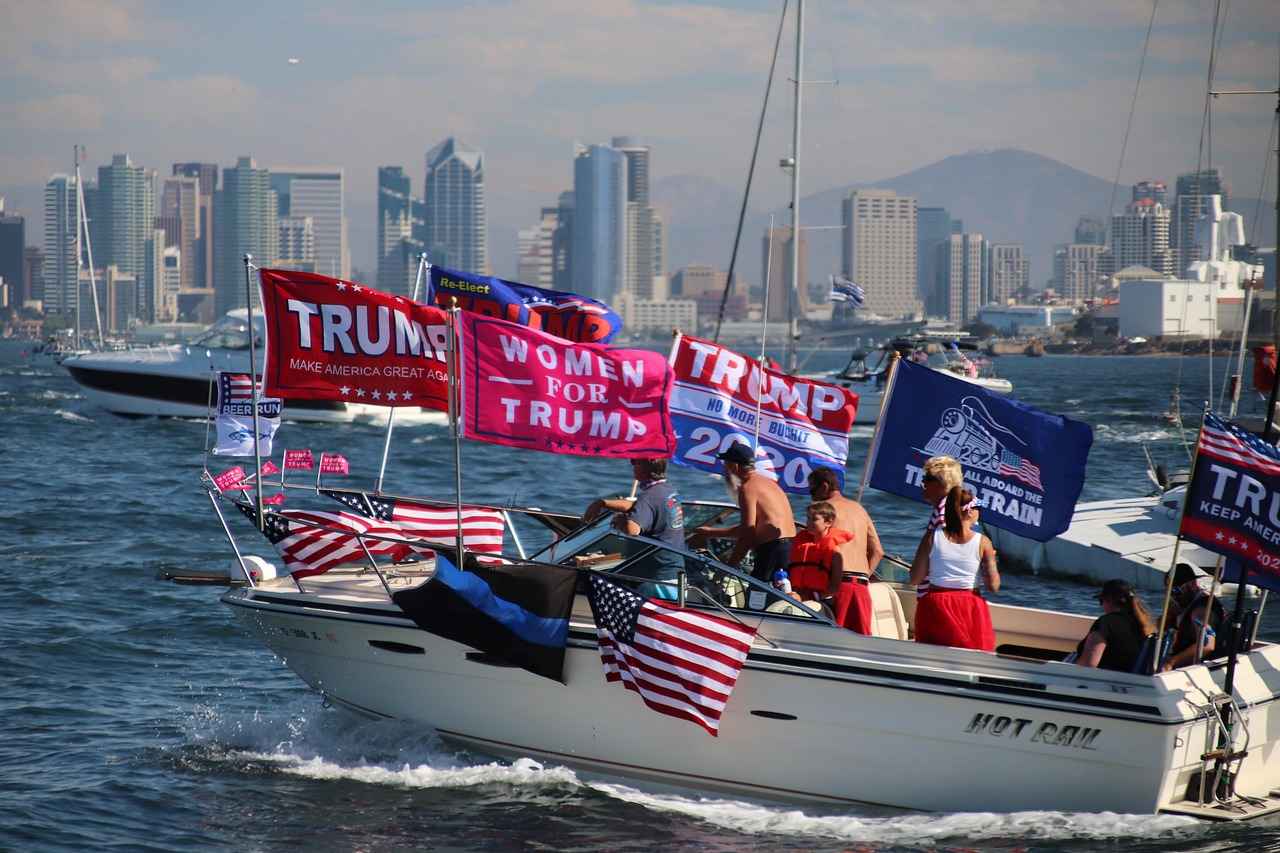
Voter Demographics and Behavior
Analyzing voter demographics is crucial for understanding the outcomes of elections. In West Bengal, the interplay of age, gender, and socio-economic factors significantly influences voter turnout and preferences. This section delves into these demographics to uncover the underlying trends that shaped the 2019 election results.
| Demographic Factor | Influence on Voter Turnout |
|---|---|
| Age | Younger voters aged 18-25 exhibited higher enthusiasm, while older demographics showed loyalty to established parties. |
| Gender | Women voters played a crucial role, often swaying results in favor of parties that addressed their specific issues. |
| Socio-economic Status | Voters from lower socio-economic backgrounds were more likely to support parties promising welfare schemes. |
- Age Groups: The turnout among younger voters was notably high, driven by social media campaigns and youth engagement initiatives.
- Gender Dynamics: Women’s participation increased, reflecting a growing awareness of their political power and issues affecting them.
- Economic Factors: Economic distress due to unemployment and inflation influenced many voters to favor parties with robust economic policies.
Additionally, the impact of caste and religion cannot be overlooked. These factors often dictate voter alignment, with certain communities rallying behind candidates who resonate with their cultural and social values. The urban-rural divide also plays a pivotal role; urban voters tend to prioritize development and infrastructure, while rural voters often focus on agricultural policies and local governance.
In conclusion, understanding the demographics of West Bengal’s electorate provides vital insights into the electoral landscape. The interplay of age, gender, socio-economic status, and cultural factors highlights the complexity of voter behavior and preferences, which will undoubtedly shape future elections in the state.
Influence of Caste and Religion
Caste and religion are pivotal elements in shaping the electoral landscape of West Bengal. These factors not only influence individual voter preferences but also significantly affect party strategies and alignments. In the context of the 2019 elections, the interplay between caste identities and religious affiliations emerged as a critical determinant of electoral outcomes.
| Factor | Impact on Voter Alignment |
|---|---|
| Caste | Mobilization of Specific Communities: Political parties often tailor their campaigns to appeal to specific caste groups, leading to targeted outreach efforts. |
| Religion | Polarization of Voter Bases: Religious sentiments can create divisions, influencing party support and voter turnout among different communities. |
The Trinamool Congress (TMC) and the Bharatiya Janata Party (BJP) have particularly harnessed these factors in their electoral strategies. The TMC, traditionally supported by the Bengali Hindu majority and various minority communities, focuses on maintaining its base through welfare schemes and local governance. In contrast, the BJP has sought to consolidate support among Hindu voters by emphasizing a narrative centered around national identity and cultural pride.
Moreover, the intersectionality of caste and religion presents a complex landscape. For instance, certain caste groups within the Muslim community have distinct political preferences that can sway election results. This complexity requires parties to adopt nuanced approaches to engage effectively with diverse voter segments.
In conclusion, the influence of caste and religion in West Bengal’s electoral politics cannot be overstated. Understanding these dynamics is essential for analyzing voter behavior and predicting future electoral trends. As political parties continue to navigate this intricate web of identities, their strategies will likely evolve, reflecting the ongoing changes in the state’s sociopolitical fabric.
Urban vs. Rural Voting Patterns
Urban and Rural Voting Patterns play a crucial role in shaping election outcomes, particularly in a diverse state like West Bengal. Understanding the differences between these voting demographics is essential for analyzing the 2019 election results.
In urban areas, voters tend to be more influenced by issues such as economic growth, infrastructure development, and education. These concerns often lead to a higher engagement with political parties that promise modernization and progress. The BJP, with its focus on development and nationalistic themes, resonated well with urban voters, contributing significantly to its electoral gains in cities.
Conversely, rural voters often prioritize agricultural policies, local governance, and social welfare programs. In these regions, the Trinamool Congress has historically maintained a stronghold by addressing local issues and leveraging its grassroots connections. During the 2019 elections, the party’s initiatives in rural development and its promise of social schemes appealed to the rural electorate, helping to secure their support.
| Region Type | Key Issues | Preferred Parties |
|---|---|---|
| Urban | Economic Growth, Infrastructure | BJP, Trinamool Congress |
| Rural | Agricultural Policies, Welfare Programs | Trinamool Congress, Left Front |
The differences in voting patterns between urban and rural areas significantly influenced the overall election results. Urban constituencies showed a marked shift towards the BJP, while rural areas largely remained loyal to the Trinamool Congress. This divide not only reflects the political landscape of West Bengal but also highlights the need for parties to tailor their strategies to address the unique concerns of each demographic.
In conclusion, the urban-rural voting divide is a critical factor that shapes electoral outcomes in West Bengal. Understanding these patterns provides valuable insights into the electorate’s preferences and the strategies that political parties must adopt to succeed in future elections.

Key Issues Influencing the Election
The electoral landscape in West Bengal during the 2019 elections was significantly shaped by several key issues that resonated with the electorate. Understanding these issues is essential to grasp the dynamics of voter sentiment and behavior. Below, we explore some of the most critical topics that influenced the election results:
- Unemployment: A persistent concern for many voters, unemployment rates in West Bengal have been a focal point of political discourse. With the youth population increasingly vocal about job opportunities, the parties had to address this pressing issue in their manifestos and campaign strategies.
- Education: The state of education, particularly in rural areas, has been a significant concern. Voters prioritized candidates who promised to improve educational facilities and access, reflecting a desire for better future prospects for their children.
- Communal Tensions: West Bengal has a complex socio-political fabric where communal tensions have occasionally flared. The handling of these tensions by political parties played a crucial role in shaping voter perceptions and loyalty, as communities sought stability and peace.
- Healthcare: The healthcare system’s effectiveness, especially in the wake of the COVID-19 pandemic, became a critical issue. Voters assessed candidates based on their plans for improving healthcare infrastructure and access to medical services.
- Infrastructure Development: The demand for improved infrastructure, including roads, transportation, and public services, was a significant factor. Voters showed preference for parties that promised to enhance the state’s infrastructure to facilitate economic growth.
These issues collectively influenced voter sentiment, leading to shifts in party allegiance and strategies. As West Bengal continues to evolve politically, understanding these key issues will be vital for future elections and governance.

Post-Election Analysis and Implications
The aftermath of the 2019 elections in West Bengal has created a ripple effect across the political landscape, leading to significant changes in power dynamics and electoral strategies among major parties. This analysis delves into the implications of the results, examining how they may shape future political maneuvers.
The Trinamool Congress (TMC), led by Mamata Banerjee, has faced increased scrutiny and challenges following the elections. Despite its previous dominance, the party must now reassess its strategies to maintain its influence. The loss of seats to the Bharatiya Janata Party (BJP) indicates a shift in voter sentiment, compelling the TMC to strengthen its grassroots campaigns and address local governance issues more effectively.
On the other hand, the BJP’s rise has been remarkable, positioning it as a key player in West Bengal politics. The party’s ability to resonate with voters through its campaign strategies, which emphasize Hindutva politics, has opened new avenues for electoral success. This shift necessitates a reevaluation of the TMC’s approach to counter the BJP’s growing influence.
Future electoral strategies for both parties will likely focus on understanding voter demographics and behavior. The analysis of urban versus rural voting patterns, along with the impact of caste and religion, will play a crucial role in shaping campaign messages and outreach efforts. The TMC may need to pivot towards more inclusive policies to regain lost support, while the BJP might continue to capitalize on its current momentum.
In conclusion, the 2019 elections have not only altered the political landscape but also set the stage for future contests in West Bengal. As both parties navigate this new terrain, their ability to adapt to the evolving sentiments of the electorate will be paramount in determining their success in upcoming elections.

Conclusion: The Future of West Bengal Politics
The 2019 West Bengal elections have been a pivotal moment in the state’s political landscape, highlighting significant shifts and setting the groundwork for future developments. This analysis delves into the implications of the election results, examining the trends that may shape the political arena in the coming years.
Firstly, the elections underscored the resilience of the Trinamool Congress (TMC), led by Mamata Banerjee, who managed to retain a substantial portion of her voter base despite facing fierce competition from the Bharatiya Janata Party (BJP). The TMC’s strategies, including grassroots mobilization and addressing local issues, played a crucial role in their performance. However, the growing support for the BJP indicates a potential shift in voter sentiment, particularly among urban populations.
Moreover, the results highlighted the importance of demographics in shaping electoral outcomes. The influence of caste, religion, and socio-economic status cannot be overlooked, as these factors significantly affect voter alignment. The BJP’s appeal to certain demographics, particularly among the youth and urban middle class, suggests a changing political narrative in West Bengal.
As we look to the future, several key issues are likely to dominate the political discourse. Topics such as unemployment, education, and communal harmony will remain at the forefront, influencing party strategies and voter engagement. The ability of political parties to address these concerns effectively will be critical in determining their success in upcoming elections.
In conclusion, the 2019 West Bengal elections have indeed set the stage for a transformative period in the state’s politics. The interplay between established parties and emerging forces like the BJP will continue to evolve, and understanding these dynamics will be essential for predicting future electoral outcomes.
Frequently Asked Questions
- What were the main political parties involved in the 2019 West Bengal elections?
The key players in the 2019 West Bengal elections were the Trinamool Congress (TMC), led by Mamata Banerjee, the Bharatiya Janata Party (BJP), and the Left Front. Each party had its own strategies and voter bases, significantly impacting the election outcomes.
- How did voter demographics influence the election results?
Voter demographics, including age, gender, and socio-economic status, played a crucial role in shaping the election results. For instance, younger voters leaned towards the BJP, while traditional TMC supporters were primarily from rural areas.
- What were the significant issues that influenced voter sentiment?
Key issues such as unemployment, education, and communal tensions were at the forefront during the elections. Voters were particularly concerned about local governance and how these issues affected their daily lives.
- What impact did Mamata Banerjee’s leadership have on the TMC?
Mamata Banerjee’s leadership was a double-edged sword; her popularity helped rally support, but controversies surrounding her governance also raised questions among voters, affecting the TMC’s overall performance.
- What trends emerged from the urban vs. rural voting patterns?
Urban voters tended to favor the BJP, attracted by its development agenda, while rural voters largely supported the TMC, valuing local issues and established relationships. This divide highlighted the contrasting priorities of different regions.




